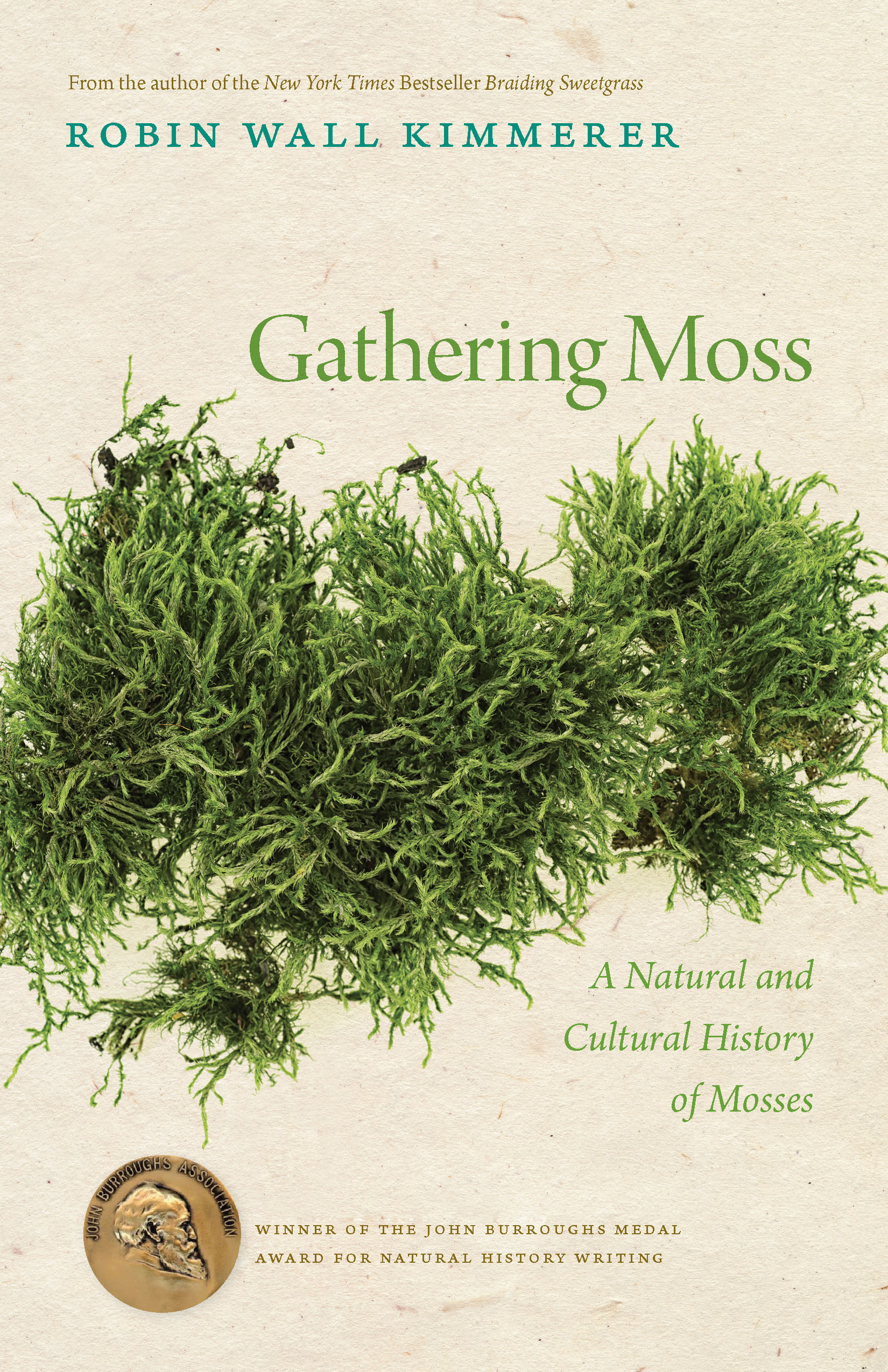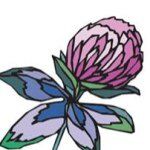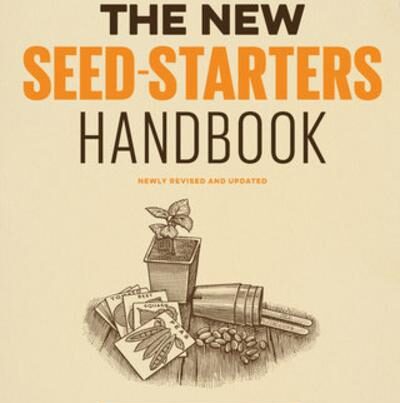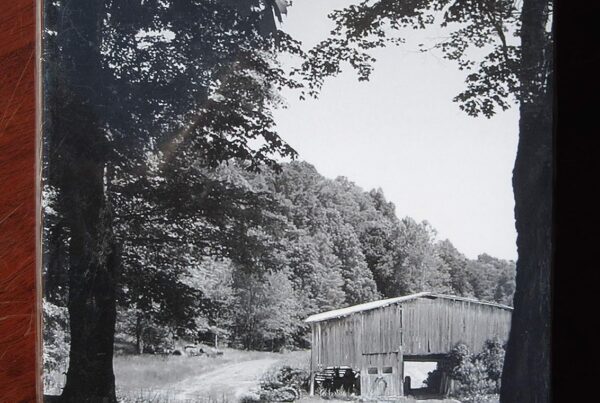
Book Review Notes: Gathering Moss: A Natural and Cultural History of Mosses, by Robin Wall Kimmerer, published by Oregon State University Press. 160 pages, paperback
This little treasure is the first book from Robin Wall Kimmerer, who became famous for Braiding Sweetgrass. Gathering Moss also deserves to become well-known. It’s a wonderful read, combining science with personal observations and reflections. It was the perfect book to pick up during the recent snowstorm and power outage, when I could truly focus on the details.
Most of us have not given mosses much thought, and have even thought of them as the singular, moss. Now we can be drawn in to a much deeper understanding and appreciation of these tiny plants. Pop a hand lens in your pocket whenever you venture into mossy territory from now on! The closer you look, the more there is to see. This book invites you into the secret landscape underfoot, and growing vertically on tree trunks.
Robin Wall Kimmerer combines her training as a scientist with her intuitive affinity for the traditional plant knowledge of her Potawatomi heritage and with learning from the plants themselves. There is value in combining learning from different perspectives, including the messages from species other than our own. In indigenous ways of knowing, things must be understood by all four aspects of our being: mind, body, emotion and spirit. Objective and subjective. These mossy essays take various approaches. Many read like poetry.

Hard rocks are worn away by soft green life: immense rocks, tiny plants; apparent immobility and slow live growth; yang and yin. What looks from standing height to be uniform green rug reveals itself under magnification from kneeling height to be a garden of divergent forms. There are fernlike fronds, feathery plumes, wavy ribbons, soft baby hair. There are textures like brocade, velvet, silk and wooly tweed. Learning to see mosses requires undistracted attentiveness. There is art and beauty here, included with the botany. There is a whole lexicon to distinguish one moss from another. Leaf shapes, leaf edges, words for the various types of tiny bumps.
Before you travel far into the world of mosses, you’ll need to know about plants commonly called mosses that are no such thing. Reindeer moss is a lichen; Spanish moss is a flowering plant; sea moss is an alga; club moss is a lycophyte. True mosses are bryophytes, the most primitive of land plants. They are non-flowering and rootless. They have no phloem or xylem to conduct fluids internally. The types of leaf and stem have combined to form 22,000 species worldwide. Each one thrives in a specific ecosystem. We can marvel!
Mosses are small because they lack the support structures big beings have. The biggest mosses are found in lakes and streams, where the water supports their weight. Without roots they cannot pull water from the soil. By hugging the ground, they find the water they need. And consequently they can’t compete with bigger plants for sunlight. They have a different type of chlorophyll from taller plants. It absorbs the wavelengths of light that filter through the plant canopy above. In deciduous forests, leaf fall makes the ground uninhabitable for mosses – they grow on logs and stumps, in cracks in the bark of trees and rocks. Not much competes for this meeting ground between earth and air, which is known as the boundary layer. This space has some special features: wind speed is reduced, the sun-warmed surfaces radiate heat, which remains there longer without breezes to pull it away. Water vapor, similarly, is held in place. The damp log releases water vapor and the moss catches it. Mosses grow when they receive water, not otherwise. Larger plants cannot survive in the boundary layer, as their needs are too great. The boundary later also holds other gases (such as carbon dioxide from decomposition), and microorganisms cycling the nutrients. All these riches are available to the mosses. The boundary layer on a log may contain ten times the carbon dioxide in the general atmosphere. The very food that plants need for photosynthesis.
The range of heights of mosses (from thin crusts to 4”/10 cm “giants”) matches every moss with a boundary layer of the right depth. Mosses can also control the depth of their boundary layer by changing the shape of their leaves, and of their whole profile. Long narrow upright leaves will slow the airflow. On dry sites, mosses often have dense hairs, tiny spines or long reflective leaf tips, which all reduce evaporation by creating a thicker, deeper boundary layer.
“Moses are the amphibians of the plant world. They are the evolutionary first step towards a terrestrial existence, a halfway point between algae and higher land plants.” Science tells us that life on earth began in the water. The land was sunbaked, without animals and plantless. The Zuni Origin Story tells us that the world bean as water and clouds, and then the marriage of earth and sun produced algae. Algae do not need a reproductive method beyond releasing eggs and sperm into the water, where they may meet and fuse.
350 million years ago, primitive land plants evolved. One step of evolution was to develop a successful dryland reproductive strategy. There is a helpful typical moss lifecycle drawing of male moss shoots releasing sperm in a water droplet, which can land on the female shoot and develop a sporophyte, a specialized type of “intergenerational” plant. The mature sporophyte sheds spores on a substrate, where they can grow into filamentous protonema, from which new female and male shoots can grow. Sounds kind of miraculous that it ever all happens in the right place and right time!
You can marvel at the details described. Including how the tiny sperm escape the surface tension of the water droplet. Spoiler alert – the sperm have their own surfactant, plus are ejected under hydraulic pressure. Also – sex is not the mosses’ only way to reproduce. Mosses clone themselves from small fragments, such as a single leaf that has broken off the plant.
By this point, we have been drawn in deeply and are ready for a whole chapter on just one moss genus, Dicranum. The drawings are fascinating in themselves, and help us start to discern differences between species. These ones have microscopic male plants enclosed within the leaves of the female plants.
Without water, a dry moss is not able to grow. Having no roots, they cannot draw water up from the ground. We are unsurprised to find them in wet and damp places. “If mosses dream, I suspect they dream of rain,” says the author. But there are mosses that live in places that dry out. They are poikilohydric, meaning the water content of the plant varies depending on the water content of its surroundings. Most mosses can become 98% dried out, without dying. Dry mosses have been revived after 40 years in a specimen cabinet. There are specialized alar cells at the base of each leaf that absorb water rapidly, causing the leaf to lean out and catch more light. The overflow falls down to the next leaf.
Life balance is important to all of us, and the details about moss life are interspersed with details of Robin’s family life, as her daughter grows into an adult and her grandfather fades towards his death. His water level is kept atn87% of his body weight by an IV, while the rest of each cell starts to release him.
Mosses are healing plants. They can endure where other plants cannot, such as mine tailings. Algae, bacteria, and fungi benefit from the shade thrown by the larger mosses. Algae fix nitrogen, adding nutrients to the spoil heaps. Slowly the organic matter increases, and the tiny plants bind the loose dirt together. Research is happening into the value of moss and other plants in slowing the wind erosion and in providing a hospitable site for seed germination of bigger plants. Researchers used plastic beads and carpet squares. Moss holds the seeds and provides water as well as shelter. Astroturf just doesn’t do the job! Aspen seeds grow into seedlings; berry seeds grow in the “tree” shade. Aspen leaves fall and create soil, and then maple seeds can germinate.
Robin writes about her trip to the Amazon rainforest. Everything was overwhelmingly complex and yet familiar. The light, the wetness, the greenness, the shadows, the undergrowth – like walking among moss! A 3,000 times difference of scale, but the same inter-dependency between life-forms, the same ecosystem energy flows, including competition, mutual aid and cycling of resources.
Quite possibly the early stages of insect evolution occurred in clumps of moss. The wet world among moss leaves offers a transitional environment between water and land. Even today, many insects use mosses as incubators and nurseries for their young. Some insects have a camouflage that mimics mosses, or they carry bits of moss on their backs. Invertebrates moving through moss may carry and distribute moss sperm.
Waterbears (tardigrades) rely on the moisture in moss colonies, and will shrink to as little as one-eighth of their normal size, if the moss dries up. The dried-up Waterbears (called tuns) can survive like this for years, and then return to a more active life when water returns. Or while dried, they may blow to a different moss patch entirely.
Rotifers also have the ability to dry up without dying. This reversible state of complete inactivity is known as anabiosis. Unsurprisingly, it is a source of great interest to some researchers, who subjected them to high and low temperature extremes. A drop of water would later revive them.
Robin studied bands of different mosses on cliffs beside the Kickapoo River. The small Fissidens moss alone near the water, topped by a band of various other mosses, and then, higher up, another monoculture, this time Conocephalum conicum, a liverwort. Her initial hypothesis assumed differences in light, temperature, humidity or rock type, but careful measurement (when the tools didn’t fall in the river!) showed no significant difference in environment between one band and the others. Samples replanted in her greenhouse demonstrated that the liverwort would overgrow the moss given any chance. Clearly the moss could only survive if the liverwort didn’t get too close. Investigation of Corps of Engineers river level records supported the hypothesis that the moss could survive flooding but the liverwort could not. The middle zone of intermediate flooding frequency housed ten species. Comparison with a study of competing non-mobile species in a rocky intertidal zone showed a pattern of few species living where wave action was constant, and fewer still on rocks rarely disturbed by waves. In between, species diversity was high. Results from both studies has led to the Intermediate Disturbance Hypothesis: diversity of species is highest when disturbance occurs at neither extreme. This hypothesis has since been verified in many other ecosystems. This fits with the Forest Service’s policy on fire. Vigorous fire suppression results in too few fires and forests that become monocultural tinderboxes. Too many fires lead to only scrubby species surviving. In between is a fire frequency that maximizes diversity and strong forest health.
Some mosses throw out millions of tiny spores that have a very small chance of surviving (the barn cat strategy). Others focus reproductive energy on fewer larger (better provisioned) spores. The maple tree strategy. In unstable environments, evolution favors the strategy of many, very dispersible spores, some of which may find more hospitable habitats. Tetraphis is a moss with reproductive choices. It grows gemmae cups on the ends of vertical shoots. Each gemma cup holds a cluster of egg-like green spheres, each composed of only 10-12 cells. These are simple clones, not spores. When a raindrop lands in a gemma cup, the gemmae are ejected by the force of the water, some 15 cm from their origin. Here they may grow separately in their own “neighborhood,” where their relatives have succeeded. Tetraphis can also reproduce sexually, developing spores that will travel far from their parents.
Robin studied what factors determine the reproductive strategy Tetraphis uses on a particular occasion. The answer is that low-density colonies grow gemmae cups, crowding stimulates the production of female shoots and spores and overcrowding triggers production of only male shoots. In a few years, the overcrowded, all-male colony dies, and new gemmae land from nearby colonies to start new growth. The world is unpredictable and we survive by chance and by the strength of our choices.
Larger plants also demonstrate responses to chance events. After a big storm brings down lots of tall trees, yellow birches take advantage of the small gaps in the canopy, which are too small for aspens. Without treefall, the yellow birches would not get their time in the sun, and would die out.
Ecological theory predicts that where there are two very similar species, one will win and the other lose. If two similar species seem to be occupying the same niche, it is likely there are some differences that give them each the upper hand in some situations. Perhaps the sides of the logs for one species and the top of the log for another. In one such competition, Robin and her colleague found that slugs were carrying bits of moss in their underbelly slime. But they didn’t carry the moss far. Something else was transferring moss parts. This story is very entertaining and I won’t give any spoilers.as to what was transferring the “brood branches”. The story includes beer, peanut butter sandwiches and sticky white paper.
Mosses are sensitive to air pollution and so, in cities, or near industrial plants, they are a good way to monitor the air quality. And, contrary to urban myth, moss does not damage shingles! Let’s enjoy and appreciate urban mosses!
As a Native American and a moss expert, Robin is in an excellent place to tell us about Indigenous uses of mosses. Indigenous ways of knowing include that each living being has a precise role, and the responsibility to fulfil that role in serving creation. What is the gift that mosses share with people? Traditional teaching was suppressed. There is a tragic gap between what current generations know and the people who once made more extensive use of plants. The oral tradition was partly researched by ethnographers and anthropologists who put into writing what they learned. Not much about mosses. Just a little about chinking gaps between logs in buildings, wadding harpoon tips and scrubbing dishes. One short statement that moss was widely used for diapers and sanitary napkins. The researchers had mostly been men. So it goes.
The average person in the US can name fewer than twelve plants (including “Christmas tree”)! Robin has a friend and teacher, Jeannie Shenandoah, who walked with her as they each shared the types of knowledge they have.
The next essay is about peat bogs, especially Sphagnum bogs. I experienced peat bogs (also known as moors and mosses) when living in Yorkshire in northern England. Now appreciated as carbon sinks, they were previously drained in efforts to make them more agriculturally productive. Peat bogs are treeless quaking expanses that defy the distinction between solid and liquid. Step carelessly on what looks like solid ground and you may lose your boot in the effort to pull your leg out.
Peat mosses not only thrive in bogs, they create them. Most plants cannot survive in the acidic saturated anaerobic conditions created by the moss. The pH may be 4.3, like dilute vinegar.
Each individual plant may be several yards tall, but only the top few inches are alive. Most of the plant underwater is dead, but preserved by the acidic conditions. Each tiny leaf has only one cell in twenty alive, creating a green framework around empty cell walls holding only water. If you pull up a big handful of Sphagnum moss and wring it out, you gain a quart of water! The moss can absorb twenty times its weight in water, taking up the space that might have held air. Trees and most higher plants cannot grow, leaving the bog open to all the sunlight.
The bog has two layers, As the moss slowly grows upward, its branches droop down into the water layer. Below the living layer is the deep wet dead peat, partially decomposed. The bog is a sponge, passing water upwards. A strange ecosystem, which has provided fuel, ethanol, and soil additives. Now we know we need the carbon sink. I don’t use peat in our gardens.
After the water-bound mosses, we learn about the airborne and air-resident mosses. Moss spores and plant seeds (“aerial plankton”) are carried in the jet stream, high in the stratosphere, and deposited across the globe. Some are strictly aquatic, some terrestrial, including the rock-coating kinds. Epiphytic mosses grow among tree branches and on electric wires. One moss grows only on the droppings of white-tailed deer! The biochemistry of carnivore dung is different enough from that of herbivores that they welcome different mosses. Such mosses have to grow quickly to establish before the droppings dry out. The dung nutrients help. Reproducing fast (before the source of moisture has gone) is also essential. This is an unusually fast growing and unusually colorful moss type.
The following chapter beggars belief. Robin is called in as a moss consultant to an unidentified very wealthy client to advise on transplanting mosses to create moss gardens (within view of the newly built, old-looking house). The huge project includes moving full size trees and every other kind of land rearrangement. Clearly the owner has an appreciation of plants and wants to see them thrive, but within his own terms, in an “exact replica of the flora of the Appalachians, in a native plant garden.” He (or his contractor) knows enough about mosses to ask for “guidance on matching correct species of moss to the proper rock types.” The initial consultation with the contractor leaves Robin telling him that transplanting moss from one rock to another is almost doomed to failure, no matter how much money you throw at the problem.
The contractor asked about sowing mosses instead of transplanting, and Robin was able to tell him about degrading the rock surface with repeated acid drenches, to create pores where moss spores can take hold. And about moss milkshakes, where mosses are blended up with a milk product, which is then painted on the rocks. Some recipes include other ingredients too. It can take a year to grow moss this way.
The job paid well, but was unsatisfying. A year later, Robin was asked to return. The place had aged a century in just one year. Every rock was carpeted with actively growing mosses of the right species. Yet the installation was only two weeks old. There was a large staging area with a “field hospital” and burlap-wrapped bundles. The rock contractor wanted to ask Robin to advise the explosives team who were blasting apart the beautiful mossy glen which provided the transplants, spores and moss milkshake materials the year before. Horrors! Destroying nature to use like a live art form closer to the house. Robin was asked to advise on the care of each shattered piece of rock-and-moss, and decide which were beyond hope. She thought of the doctors assigned to arriving slave ships, deciding which people could be sold and which were to be left behind to die.
This raises the big question of “ownership”. Is it right to own a living being? To use as you choose, dispose of at will and deny others the use of it? What to make of someone who vandalizes a wild spot, then employs experts to care for the casualties? Can you own a thing and love it at the same time? Does exercising this much power destroy that which is “owned”? Sadly, the owner sought authenticity, but destroyed it.
As with peat bogs, rainforests not only support growth of mosses, but are partially created by them. When rain lands on the forest canopy, very little of it reaches the ground. The leaves and twigs direct the water towards the trunks. Foresters call this water “stemflow” as opposed to “throughfall”. Clumps of moss block this flow and soak up some of the water, slowly dripping the rest downwards.
Almost no animals of any size actually consume moss, possibly due to the high levels of phenols. Animals that do ingest mosses generally do not digest them. Bears are known to eat large amounts of moss before hibernating, to bind their digestive systems through until spring.
There are professional moss hunters, who sell to florists and designers of hotel lobbies, auto shows and other events giving a nod to nature. Moss is glued on fabric, and spray painted for uniformity.
Mosses need a foothold to start growth on a tree. They cannot colonize smooth bark. Leaf scars are perfect.
There is a very minimalist filamentous moss, Goblin’s Gold, that grows most of its life in the dark, in caves that get a short period of sunlight (or maybe moonlight) when the planets line up. The cell walls form interior facets like a diamond, that catch even small traces of light and focus them in to the single chloroplast in the middle of the cell, enabling photosynthesis for the few minutes the light hits the spot.






